"Did you feel "painful" in learning Chinese language? Did you ask anybody how hard to learn Chinese? The US's FSI (Foreign Service Institute) divided most of the world's languages into five categories, among which Chinese (including standard Chinese, known as Mandarin, and Cantonese), as well as others like Arabic, Japanese and Korean, are put into the fifth level of "the hardest language to learn". It is suggested to take at least 2200 hours, that is to say at least two years, to practice and learn Chinese language well. How hard is Chinese language? Before overcoming painful difficulties in learning Chinese, we must know what are the real difficulties of learning Chinese first, and that's why we wrote this article."
HOW HARD TO LEARN CHINESE? WHAT ARE THE REAL DIFFICULTIES?
| 汉语“难”吗?汉语的难学之处!
English Words: Learn Chinese & Learn Standard Chinese Language
Chinese Pinyin: Xué Hàn Yǔ (Zhōng Wén), Xué Pǔ Tōng Huà
Chinese Characters: 学汉语 (中文)、学普通话
Similar Chinese Words:
学中文 (Xué Zhōngwén)| Learn the Chinese Language.
Related Chinese Words:
普通话 (Pǔtōnghuà)| Standard Chinese (Mandarin).
粤语 (Yuèyǔ)| Cantonese Language.
中国方言 (Zhōngguó Fāngyán) | Chinese Dialects.
简体中文 (Jiǎntǐ Zhōngwén)| Simplified Chinese.
繁体中文 (fántǐ Zhōngwén)| Traditional Chinese.
"中文" is a collective name of languages and characters used in China. In most cases, it especially refers to "汉语" (the Chinese language, Han language) and “汉字” (Chinese characters), spoken and written by the Chinese majority. “中文”,是在中国使用的语言和文字的统称。绝大多数场合中,用来特指大多数中国人所说的“汉语”和撰写的“汉字”。 "汉语", means the language is spoken or written by the Han ethnic group in China, which is China's official language. “汉语”,意思是中国汉族的语言,是中国的官方语言。 The modern standard Chinese, is called "普通话" in Chinese. 现代标准的汉语,称作中国的“普通话”。 And other non-standard Chinese, spoken in a certain area of China, is called "方言" (Dialect) in Chinese, such as 粤语 (Cantonese). Among Chinese dialects, which are further divided according to the smaller regions are called "地方方言" (local dialects), such as 广州话 (Guangzhou dialect, predominantly spoken in Guangzhou city), 湖南长沙话 (Hunan Changsha dialect, predominantly spoken in Changsha city of Hunan province), 武汉话 (Wuhan dialect, predominantly spoken in Wuhan city), etc. 而非标准的、在中国某一地域通行的汉语,称作中国“方言”,比如粤语(粤方言)。再进一步根据更小的地区划分的方言,称作“地方方言”,比如广州话、湖南长沙话、武汉话等。 If we say to learn Chinese in China or anywhere around the world, it usually refers to learning the modern standard Chinese, that is "标准普通话" in China. 在中国或全世界说学习中文、学习汉语,通常指的是学习中国现代标准汉语,即中国标准普通话。 "拼音", called "汉语拼音" as full name, is only an assistant tool for spelling and reading standard Chinese, which could be thought as the phonetic symbols of the standard Chinese language. “拼音”,全称为“汉语拼音”,只是用来拼读汉语普通话的辅助工具,相当于汉语普通话的音标。 "汉字", is the official written characters originated from China and used for thousands of years by Chinese people. It is one of the oldest characters in the world, and also the longest-continuously-used characters found so far, which were first discovered from the Oracle-bones of the Yin and Shang dynasties (1300 BC) in China. “汉字”,才是在中国流传和使用了数千年的官方文字。汉字是迄今为止持续使用时间最长的文字,最早发现于公元前1300年殷商时代的甲骨文中,也是世界上最古老的文字之一。 In China, the Chinese characters were developed ahead, then Chinese Pinyin followed. Therefore, to learn standard Chinese should be based on Chinese characters, as well as Chinese Pinyin as a supplement. 在中国,先有汉字,后有汉语拼音。因此,学习汉语普通话,当以学中国字(汉字)为主,拼音为辅。 Comparing to the European and American languages, the Chinese Tones are one of the most conspicuous characteristics of the Chinese language system in China. It is even recognized as the first big difficulty by almost all Chinese learners. 与欧美语言相比,声调是中国汉语系统里最醒目的特征之一。它是几乎所有汉语学习者公认的首要难点。 As we know, the rising and falling tones in English generally appear in speaking a series of phrases or sentences, to express emotions without changing the words themselves. But in the concept of the Chinese language, tones are completely different things. 众所周知,英语中的升降调一般出现在一系列词组或句子里,表示情绪但不会改变单词本身。但中文汉语里的声调是完全不同的概念。 The modern standard Chinese pronunciation system basically contains four Chinese tones: high and level tone (the first tone, ¯), rising tone (the second tone, ´), falling-rising tone (the third tone, ˇ), and falling tone (the fourth tone, `). And there is also a neutral tone in real life. In the Chinese language system, the Pinyin of Each Chinese character is composed of Latin letters and Chinese tones. 中国普通话包含四个声调:阴平 (一声,¯)、阳平 (二声, ´)、上声 (三声, ˇ)、去声 (四声, `)。实际生活中还包含一个轻声。在中文里,每一个中国汉字的拼音都是由拉丁字母加声调构成的。 In fact, Chinese tones are not hard to learn, because they have a set of uniform and regular rules. The premise of learning is to forget the pronunciation methods of your mother tongue but learn the pronunciation rules of standard Chinese from scratch. 其实普通话声调本身并不难学,因为汉语里的声调是十分统一而有规则的。学习的前提是要忘记母语的发音方式,从零开始学习汉语普通话的读音规则。 "Foreign learners are quite liable to be confused with the way of their mother tongue pronunciations in the course of Chinese study." “外国人在学习用中文发音的过程中很容易受到其母语发音方式的干扰。” What the real difficulty during Chinese study is that, the same Chinese tone may match with different Chinese characters (homophones), or different Chinese tones may match with the same Chinese character (polyphonic character) but of completely different meanings and usages. Both are quite common issues to be found in learning the Chinese language. 真正令人觉得困难的是,汉语里相同的声调意味着对应的汉字有可能不同(同音不同字,即同音字),或者不同的声调对应同一个汉字(同字不同调,一字多音多义,即多音字),但指向的却是完全不同的含义和用法。这两种现象在汉语中出现得非常非常频繁。 For example, the Chinese Pinyin "Yi" may refer to different Chinese characters like 一 (yī), 衣 (yī) or 医 (yī). Here three Chinese characters 一、衣、医 all are homophonic characters under one same pronunciation "yī". So how do you know what character is talking about if you heard yī in Chinese? 举例来说:汉语拼音里的 “yī” 可以指的是不同的汉字 一 (yī)、或衣 (yī)、或医 (yī)。在这里,“一”、“衣”、“医”属于拥有相同发音 yī 的同音字。所以,如果你听到中文发音的 "yī",你如何知道说的是哪一个中文汉字呢? In another example, "dàn" and "tán" in Pinyin may refer to the same Chinese character "弹", but appearing in different Chinese words such as "dàn" in "弹幕 (dànmù)" and "tán" in "弹力 (tánlì)", with two completely different meanings. In the case, how do you know you have read out the Chinese character correctly if you meet a polyphonic Chinese character? 另一种情况,拼音里的“dàn” 和 “tán” 可能指的都是“弹” 这一个中文汉字,但出现在不同的词语中,比如前者出现在“弹幕 (dànmù)”,后者用于“弹力 (tánlì)”中,意味着完全不同的两件事物。这种情况下,如果你遇到了一个多音字,你如何知道你正确读出了这个汉字呢? Apparently, the four Chinese tones and rules in Chinese pronunciation have increased the difficulty of the standard Chinese language study. Firstly, it increases the difficulty of listening Chinese. When you hear the Chinese pronunciation "yī", you cannot quickly tell whether it refers to the Chinese number "一" or the Chinese character "衣". 显而易见的,中国的四种读音规则,增加了汉语普通话的学习难度。首先,增加了汉语听力的难度。当你听到读音 “yī” 的时候,你并不能快速判断出它指的是数字“一”还是汉字“衣”。 Secondly, Chinese tones increased the difficulty of pronouncing and speaking Chinese. You don't know when you should read Chinese character "二" as "èr" or "liǎng". And thirdly, it also increases the difficulty of study on using Chinese characters. For example, the Chinese character "都" is pronounced as "dū" in nouns such as "成都" but as "dōu" in adverbs, each indicating different meanings and usages. 其次,它增加了汉语发音的难度。你不知道“二”在什么时候该读作 “èr”,什么时候该读作 “liǎng”。再则,它也增加了汉字的学习和使用难度,比如“都”字在名词里如“成都”里读作 “dū”,在副词里读作“dōu”,其代表的含义和作用完全不同。 Tips: The full content to show for Free Logged-in and Premium residents only. Please click Log-In / Sign Up for Free button on the top right to unlock them. Tips: The full content to show for Free Logged-in and Premium residents only. Please click Log-In / Sign Up for Free button on the top right to unlock them. See u soon... : )What Are "Chinese" & "Standard Chinese"?
| 什么是“中文”、“汉语”及“普通话”?
"Chinese Pinyin" and "Chinese Characters"?
| 关于 “拼音”与“汉字”?
What Difficulties of Learning Chinese? How Hard Is It?
| 汉语的难学之处?
Difficulty 1. Hard to Learn Chinese Tones
| 难点一:汉语声调难
Difficulty 2. Hard to Learn, Recognize and Remember Chinese Characters
| 难点二:汉字识别和记忆难
More Stories to Be Continued...

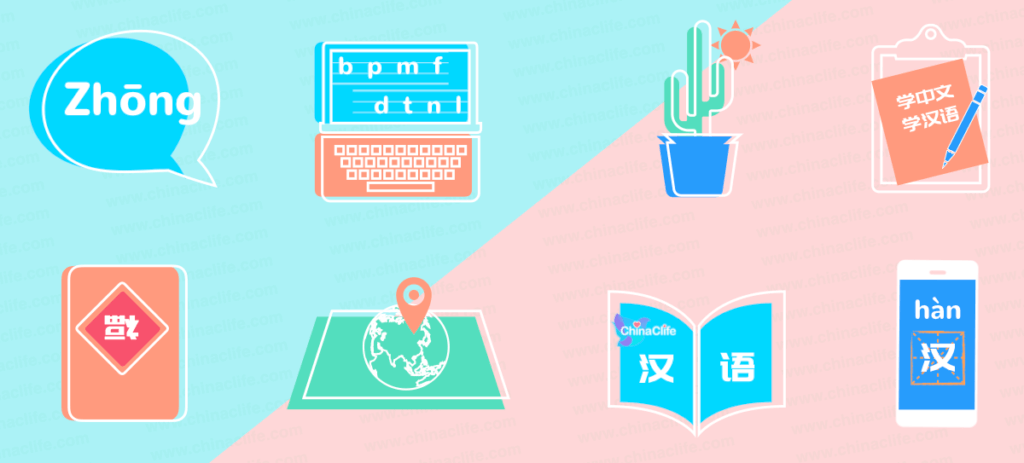
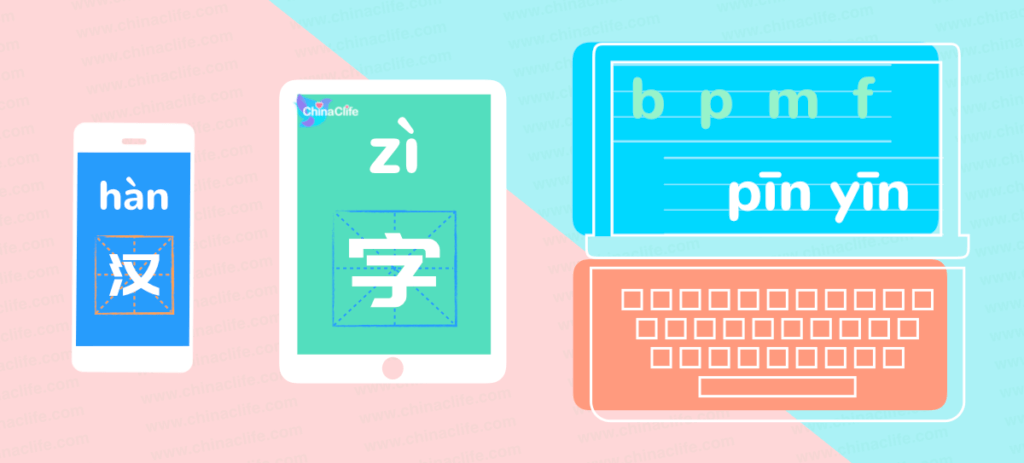
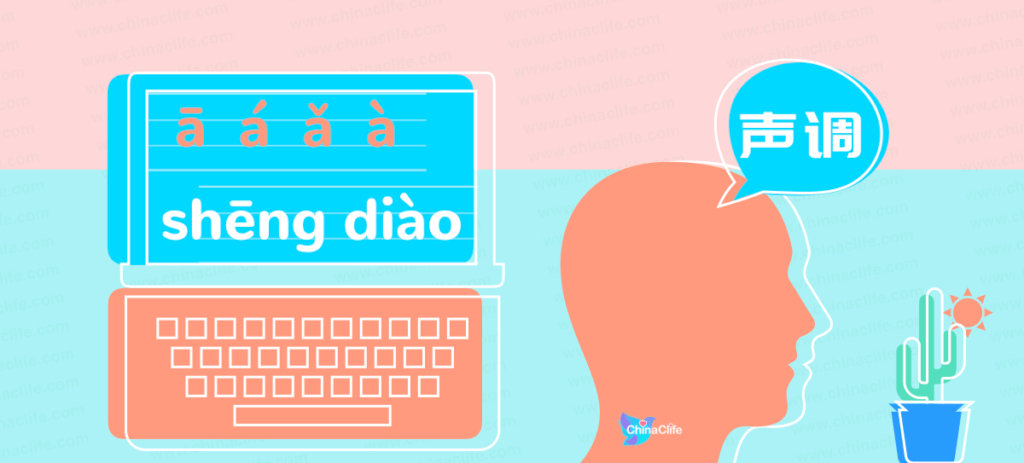



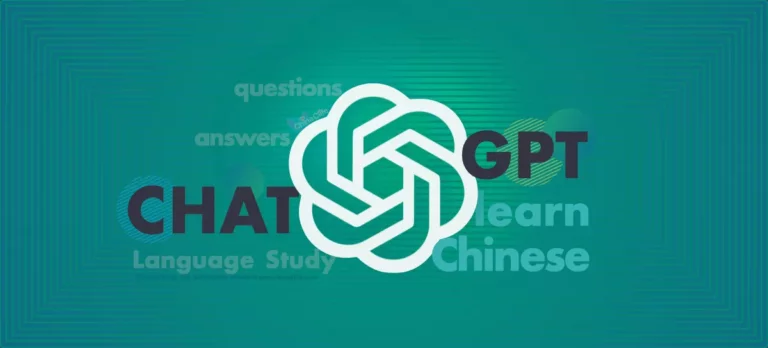



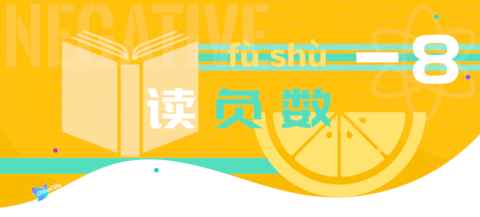
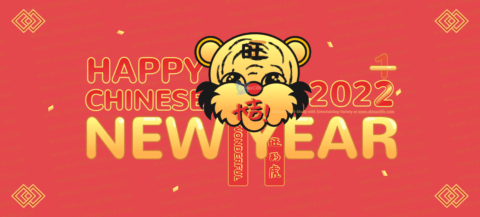
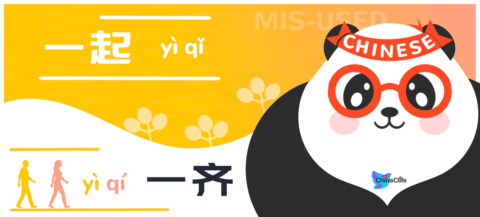
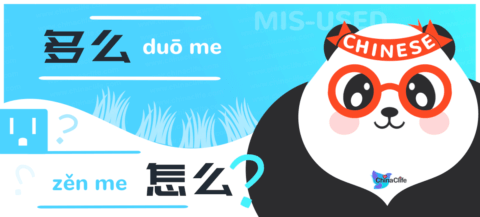
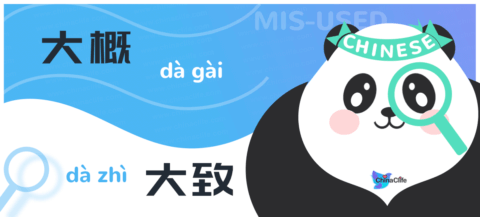

Thank you